Studying multiplication soon after counting, addition, and subtraction is ideal. Youngsters learn arithmetic via a organic progression. This progression of studying arithmetic is often the pursuing: counting, addition, subtraction, multiplication, and lastly section. This declaration results in the question why find out arithmetic in this pattern? Furthermore, why discover multiplication after counting, addition, and subtraction but before section?
The next details answer these inquiries:
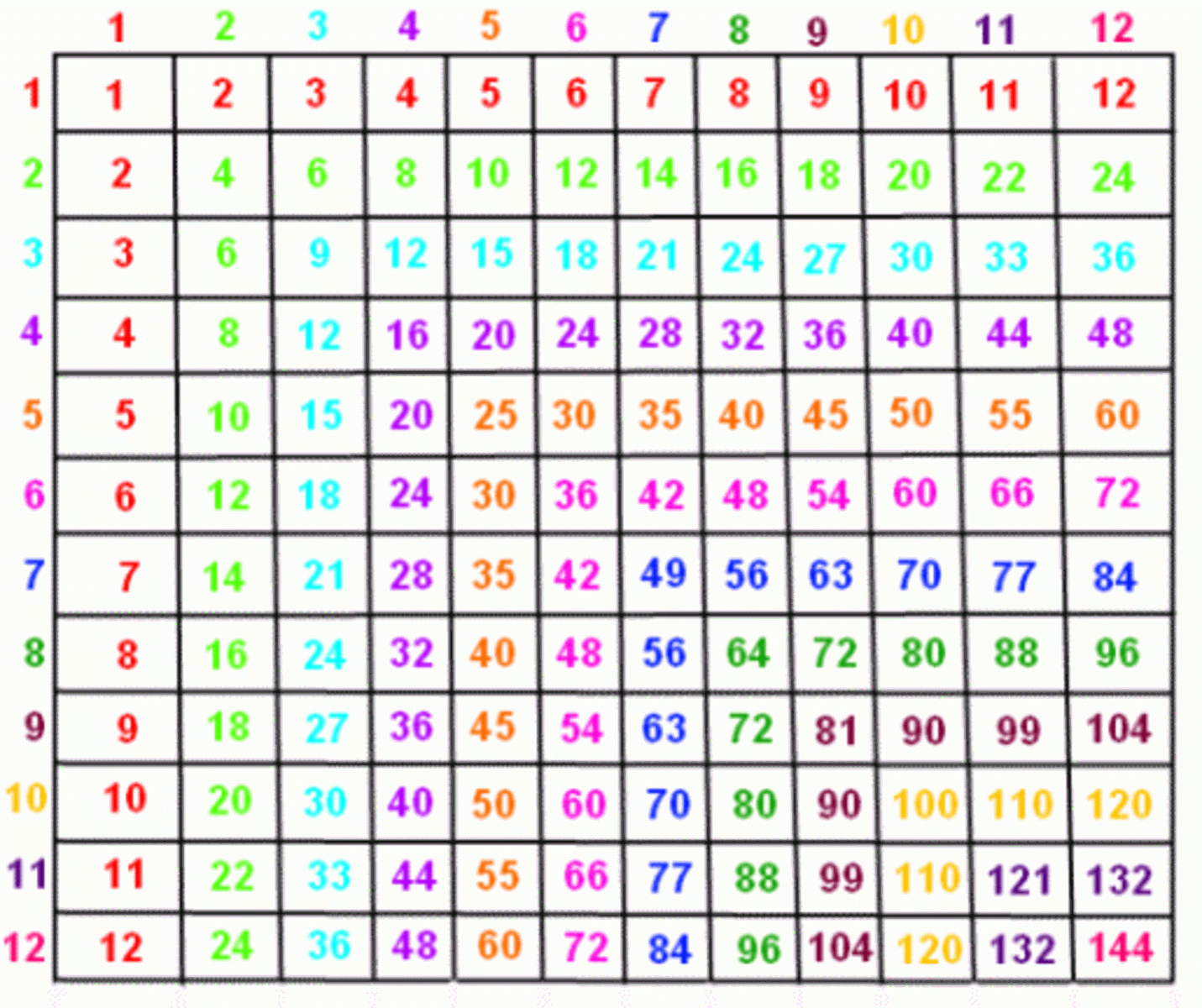
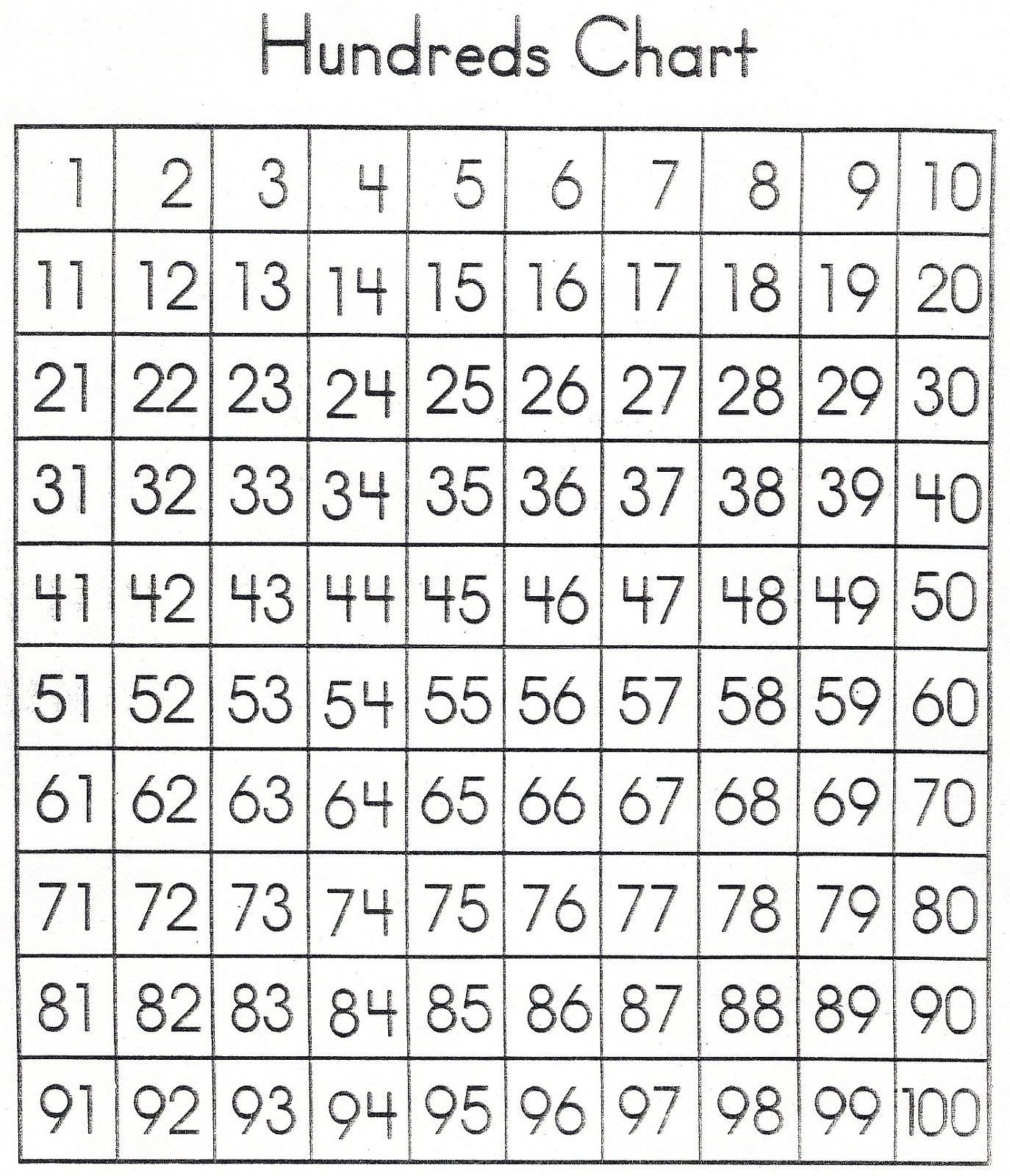
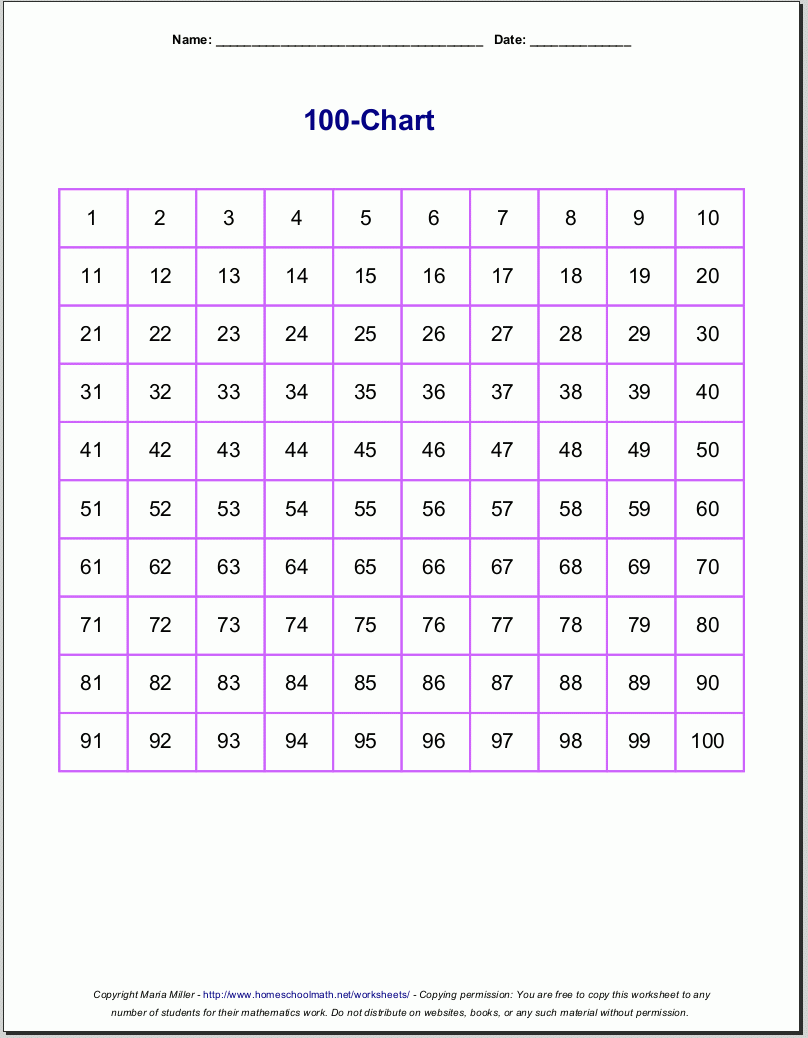
- Kids find out counting first by associating visual things making use of their hands. A real instance: Just how many apples are there any from the basket? A lot more abstract case in point is how old are you?
- From counting numbers, the subsequent plausible phase is addition then subtraction. Addition and subtraction tables are often very helpful educating tools for kids as they are graphic instruments generating the transition from counting simpler.
- That ought to be figured out next, multiplication or section? Multiplication is shorthand for addition. At this moment, youngsters have a company understand of addition. As a result, multiplication is the next rational method of arithmetic to learn.
Assess basic principles of multiplication. Also, evaluate the fundamentals utilizing a multiplication table.
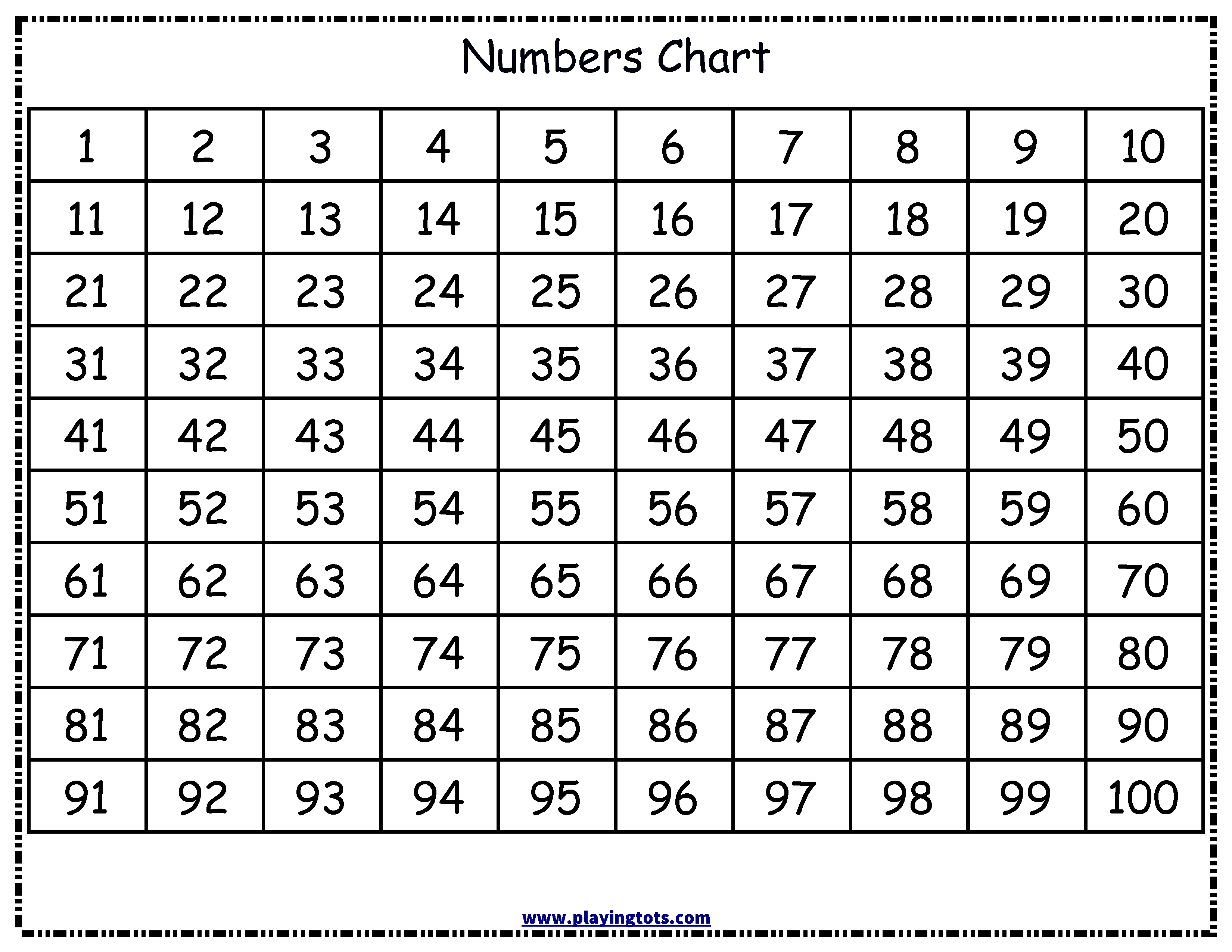
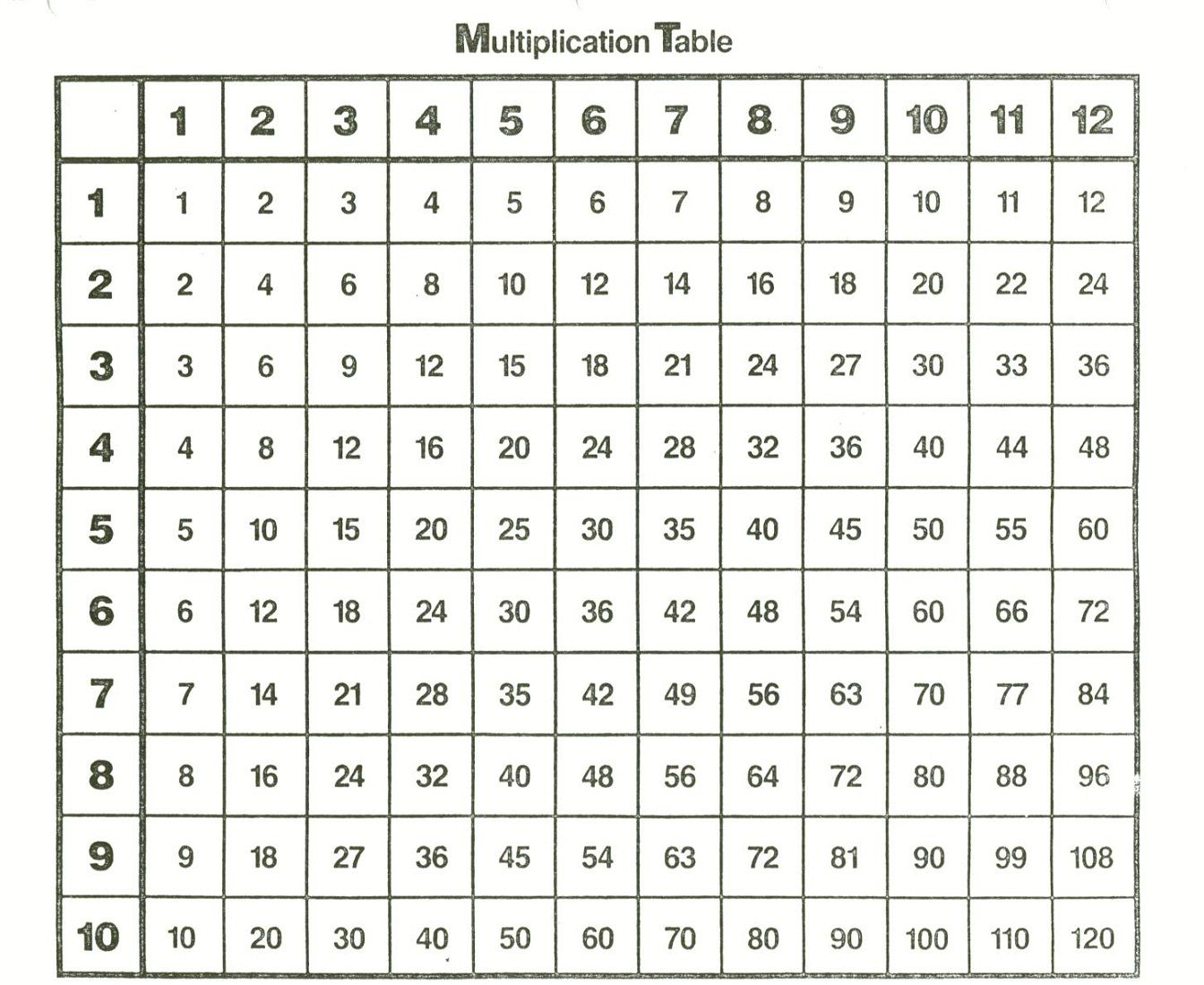
![]()
Let us review a multiplication case in point. Using a Multiplication Table, multiply 4 times a few and have a solution 12: 4 x 3 = 12. The intersection of row 3 and line several of any Multiplication Table is a dozen; 12 may be the answer. For kids starting to understand multiplication, this really is effortless. They can use addition to resolve the issue thus affirming that multiplication is shorthand for addition. Instance: 4 by 3 = 4 4 4 = 12. It is an outstanding introduction to the Multiplication Table. The additional advantage, the Multiplication Table is aesthetic and demonstrates back to discovering addition.
Where by can we start understanding multiplication making use of the Multiplication Table?
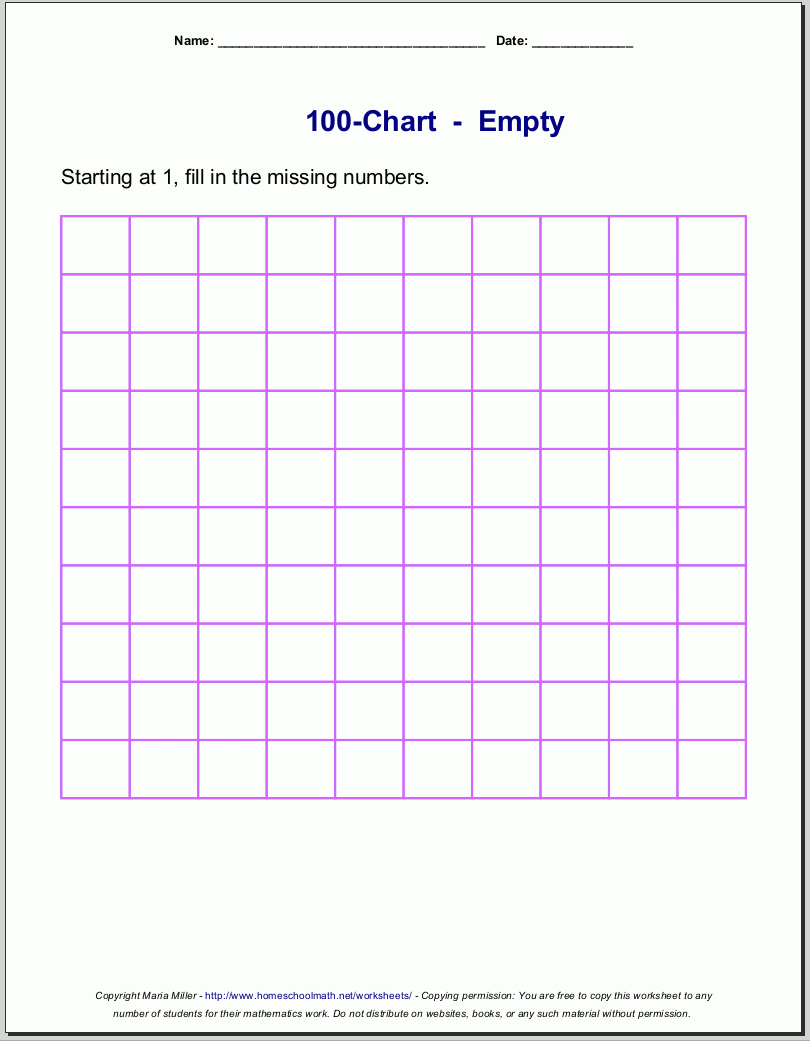
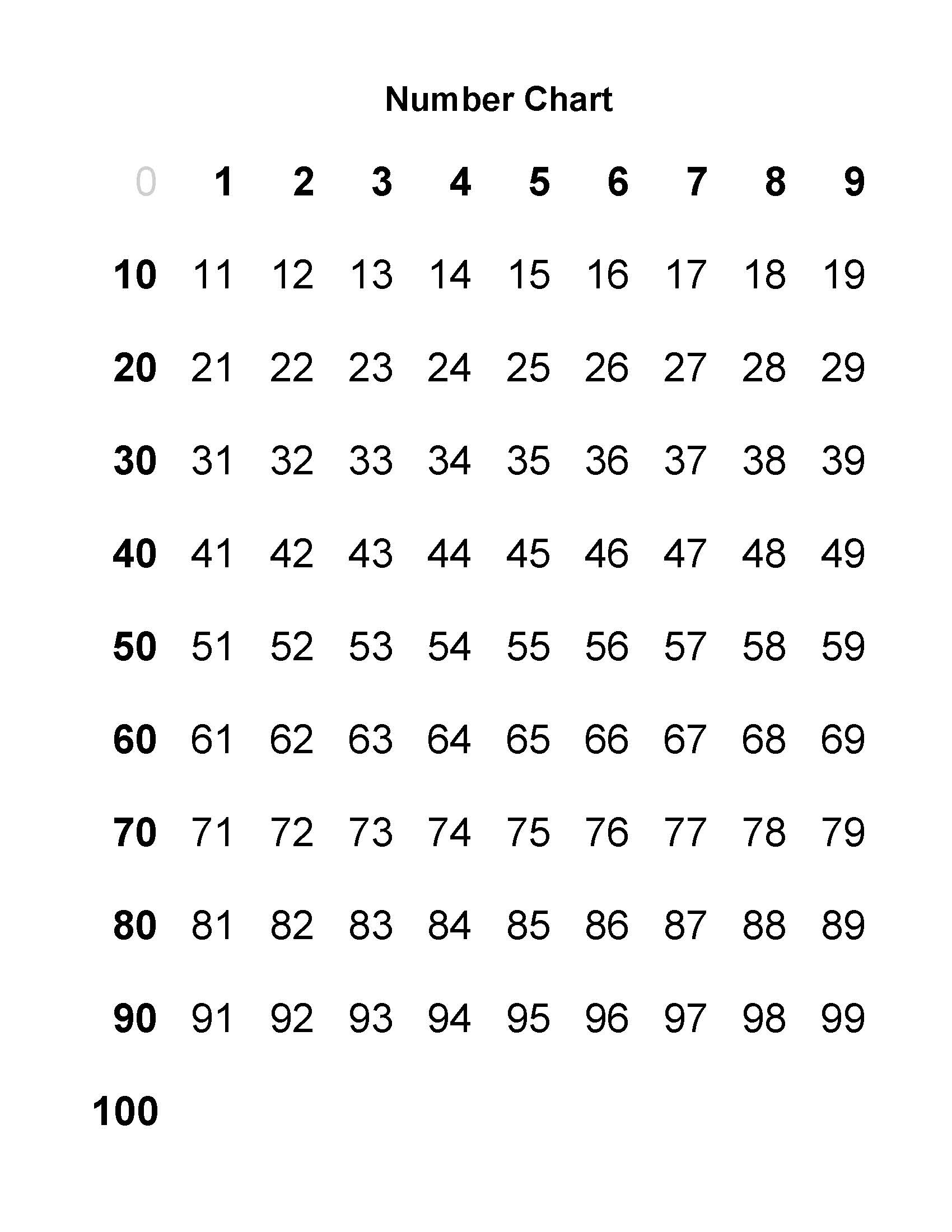
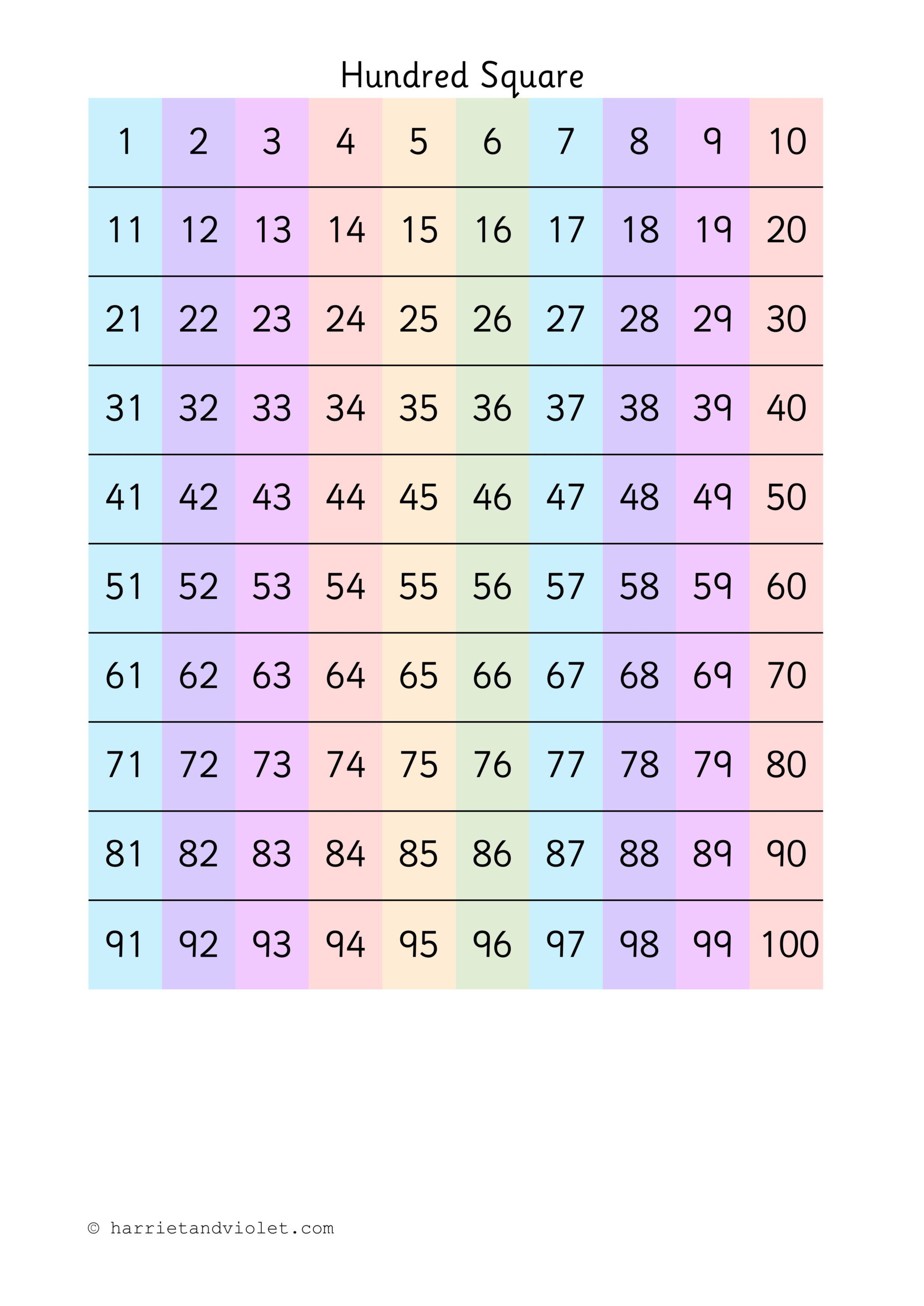
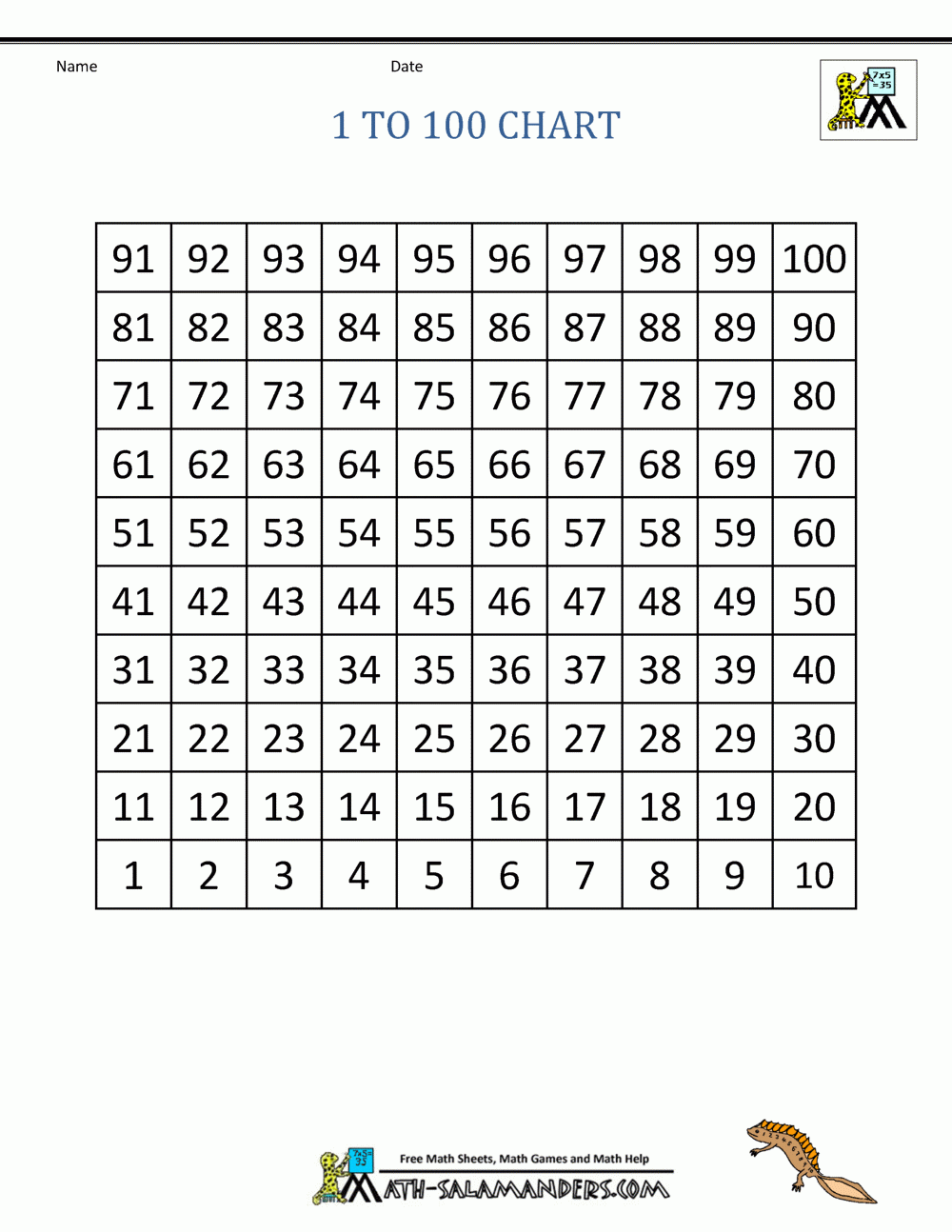
- Initial, get knowledgeable about the table.
- Start out with multiplying by 1. Start at row # 1. Go on to line # 1. The intersection of row one and column one is the best solution: one.
- Repeat these methods for multiplying by 1. Increase row a single by posts one particular via 12. The replies are 1, 2, 3, 4, 5, 6, 7, 8, 9, 10, 11, and 12 correspondingly.
- Replicate these steps for multiplying by two. Increase row two by posts 1 through five. The replies are 2, 4, 6, 8, and 10 correspondingly.
- Let us leap in advance. Recurring these actions for multiplying by several. Grow row five by columns one particular via twelve. The solutions are 5, 10, 15, 20, 25, 30, 35, 40, 45, 50, 55, and 60 respectively.
- Now let us raise the quantity of difficulty. Replicate these steps for multiplying by a few. Multiply row three by columns 1 by means of twelve. The solutions are 3, 6, 9, 12, 15, 18, 21, 24, 27, 30, 33, and 36 respectively.
- When you are more comfortable with multiplication so far, try a check. Solve the subsequent multiplication difficulties in your thoughts and after that examine your responses to the Multiplication Table: multiply six and two, flourish 9 and a few, grow one and eleven, grow a number of and 4, and increase 7 as well as two. The situation solutions are 12, 27, 11, 16, and 14 respectively.
When you received several from 5 problems appropriate, build your own multiplication tests. Estimate the replies in your thoughts, and view them using the Multiplication Table.